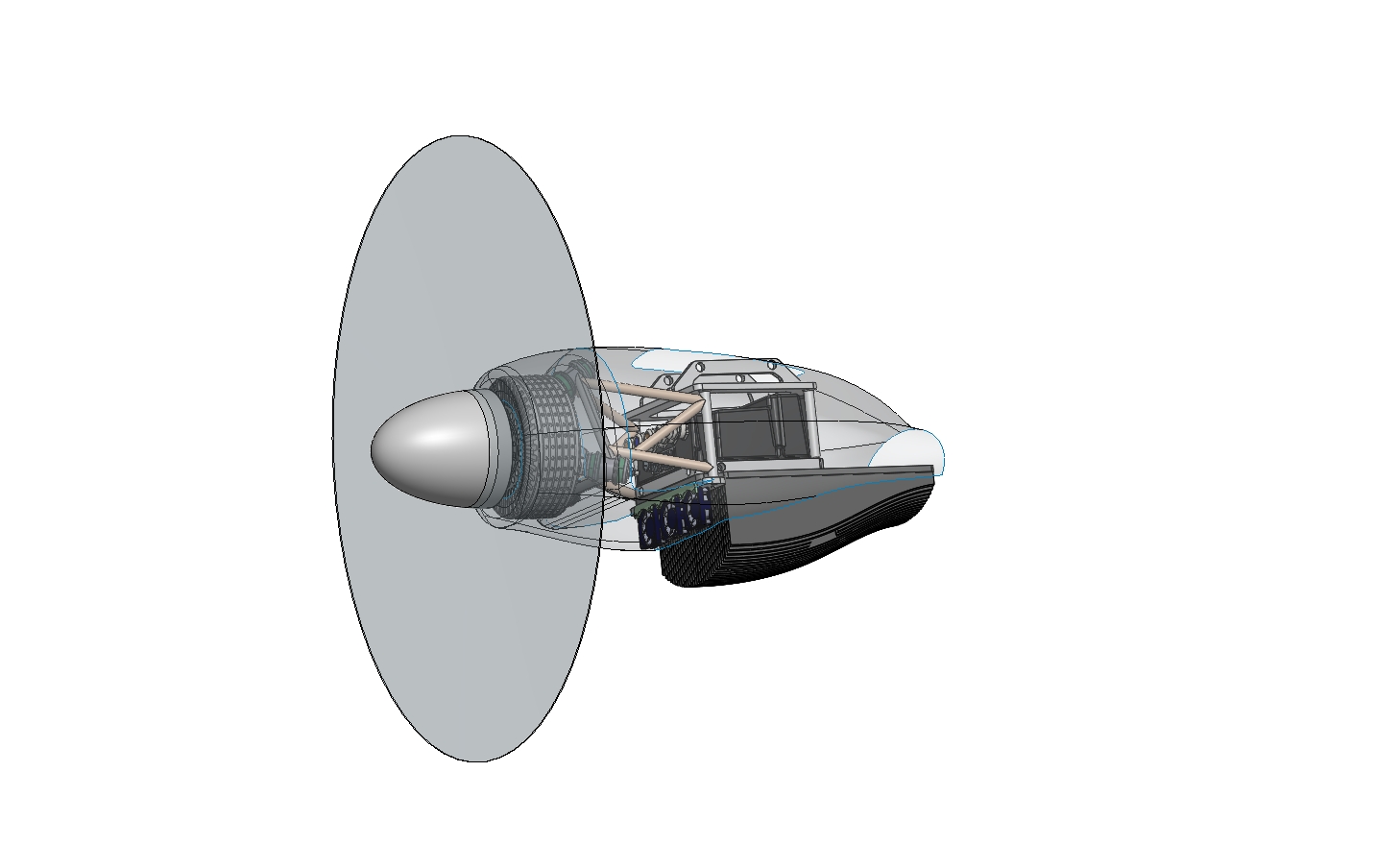Click Here to View This Page on Production Frontend
Click Here to Export Node Content
Click Here to View Printer-Friendly Version (Raw Backend)
Note: front-end display has links to styled print versions.
Content Node ID: 419297
Electric aircraft manufacturer Pipistrel is joining forces with Airflow to support its efforts to develop an eSTOL aircraft. The Slovenian company, whose Velis Electro is the world’s first certified all-electric aircraft, will supply the California-based start-up with electric motors, controllers, and batteries for the proof-of-concept model with which it intends to begin test flights in 2022.
In a November 11 announcement, the companies said they will jointly explore a wider collaboration on the electric propulsion system for Airflow’s production aircraft, which is expected to come to market in 2025. According to Airflow, it already holds letters of intent valued at $600 million from 11 prospective customers, including U.S. regional carrier Ravn Alaska, which has committed to adding 50 of the hybrid-electric Model 200 to its fleet.
Airflow is working on two versions of its proposed aircraft, both of which could be operated by a single pilot. The larger Model 200 would have up to nine passenger seats, a 2,000-pound payload, a 500-mile range, and the ability to land and take off from just 250 feet of runway. The smaller Model 100 would carry up to four passengers with an 800-pound payload, have a 250-mile range, and be able to operate from a runway of only 150 feet.
“Pipistrel’s pioneering work in electric flight and their industry-leading experience in building and certifying powertrains for electric aircraft makes them an ideal partner to help us build and fly a first-of-its-kind eSTOL airplane,” commented Airflow founder and CEO Marc Ausman. “They understand and can meet the challenges of a high-performance system with the reliability and safety requirements of the aerospace industry.”
Despite the new agreement with Pipistrel, Airflow will continue its collaboration with VerdeGo Aero, which is developing a possible hybrid-electric powertrain for the blown-wing design. The combined propulsion system is expected to deliver a 35 percent reduction in carbon dioxide emissions compared with conventional turbine engines. With the backing of investor PlugPower, the company is also considering a hydrogen-based propulsion system.
Earlier this year, the company flight-tested a subscale model to develop flight-control technology. Having completed more than 200 flights with this model, the engineering team began working on an autopilot system. It intends to use a Cessna 210 piston aircraft as a technology demonstrator.
Meanwhile, Pipistrel is working on its own plans for a 20-seat electric fixed-wing aircraft to provide regional connections between smaller communities using runways of no more than 1,000 meters (3,280 feet) in length. The Miniliner is primarily intended to provide scheduled air service on routes of between 200 and 1,000 km (125 to 625 miles), including what the Slovenian company describes as “microfeeder” services to larger hub airports.
Building on its experience in developing electric light aircraft, such as its Velis Electro model, Pipistrel is advancing conceptual designs for the Miniliner in partnership with several universities and under the auspices of the European Union-based Unifier19 project to encourage the development of air mobility services for smaller communities. It will have 20 seats to accommodate passengers and crew.
According to Pipistrel, the proposed aircraft will be able to operate from grass airstrips. An early conceptual drawing shows an airframe around the size of a large-cabin business jet, with a pair of forward-facing propellers on the upper surface of the wing and another rear-facing pair of propellers on winglets. The design also features a twin tail.
Pipistrel said the aircraft could be ready to enter commercial service between 2028 and 2030. The company recently took part in flight tests for the Modular Approach to Hybrid-Electric Propulsion Architecture (Mahepa) program, which is backed by the EU’s Horizon 2020 fund. This is exploring various new propulsion options, including hydrogen.
“There are a lot of ideas flooding the market, which is exciting to see, but not all are based on real technology and realistic aerospace timescales,” said Pipistrel CEO Ivo Boscarol. “The Airflow team understands what it takes to bring a new electric aircraft to market and their experience building and flying the Airbus Vahana makes them one of the best-positioned teams to accomplish this.”
Pipistrel is not investing in Airflow and is contributing to its eSTOL program as a partner and supplier.
